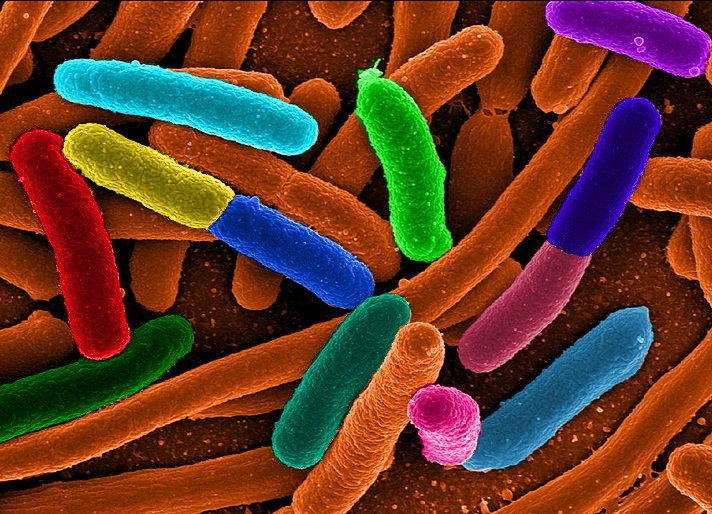Safety lock on genomically modified organisms prevents their escape from the lab

After creating the world's first genomically recoded E coli last year, Harvard and Yale researchers have put a safety lock on the organism that limits its potential for danger.
By modifying their E. coli 49 times to incorporate a synthetic amino acid in many places throughout its genome, they have rendered the organism incapable of surviving without a constant supply of the amino acid which can be obtained only from the lab.
The bacteria depends on the amino acid for translating its RNA into properly folded proteins.
Whether it is genetically modified mosquitoes or organisms making insulin, the fear has been that they can upset natural ecosystems if they were to escape.
The fear is that any gene variant given an artificial boost could eliminate other versions of those genes whose potential evolutionary importance scientists have no idea of. The technology could be used to create weapons that destroy agricultural crops or create super pests.
The engineered E coli needs a biocontainment lab for its survival.
George Church, Robert Winthrop Professor of Genetics at Harvard Medical School and core faculty member at the Wyss Institute, and colleagues report their findings in Nature while another team from Yale report on a different biocontainment method used by them, also in Nature.
The two studies are the first to use synthetic nutrient dependency as a biocontainment strategy.
By targeting the most essential proteins using the synthetic amino acid the aim was to make sure that the organism could not survive out of the lab.
Out of the many proteins designed to make the E. coli dependent, the team ended up with three successful redesigned essential proteins and two dependent E. coli strains.
.
The number of E. coli able to survive without being fed the synthetic amino acid was below detectable levels.
"We now have the first example of genome-scale engineering rather than gene editing or genome copying," said Church.
Church's team also made the E. coli resistant to two viruses, with plans to expand that list.
The work offers safer E. coli strains that could be used in biotechnology applications with less fear that they will be contaminated by viruses, or cause ecological trouble if they spill. (E. coli is one of the main organisms used in industry.)
One biocontainment method used involves turning normally self-sufficient organisms like E. coli into auxotrophs, which can't make certain nutrients they need for growth.
Altering the genetics of E. coli doesn't always work, said Church, because some of them manage to scavenge the nutrient from their surroundings. This was taken care of by making the E. coli dependent on a nutrient not found in nature.
Some E. coli can also evolve a way to synthesise the nutrient they need or exchange bits of DNA with other E. coli.
By making 49 genetic changes to the E. coli, Church believes these issues have been handled.
The chance one of the bacteria could randomly undo all of those changes without also acquiring a harmful mutation, he said, is incredibly slim.
Another bio-containment technique used was one in which genetic "kill switches" make bacteria vulnerable to a toxin so spills can be quickly neutralised.
© Copyright IBTimes 2025. All rights reserved.





















